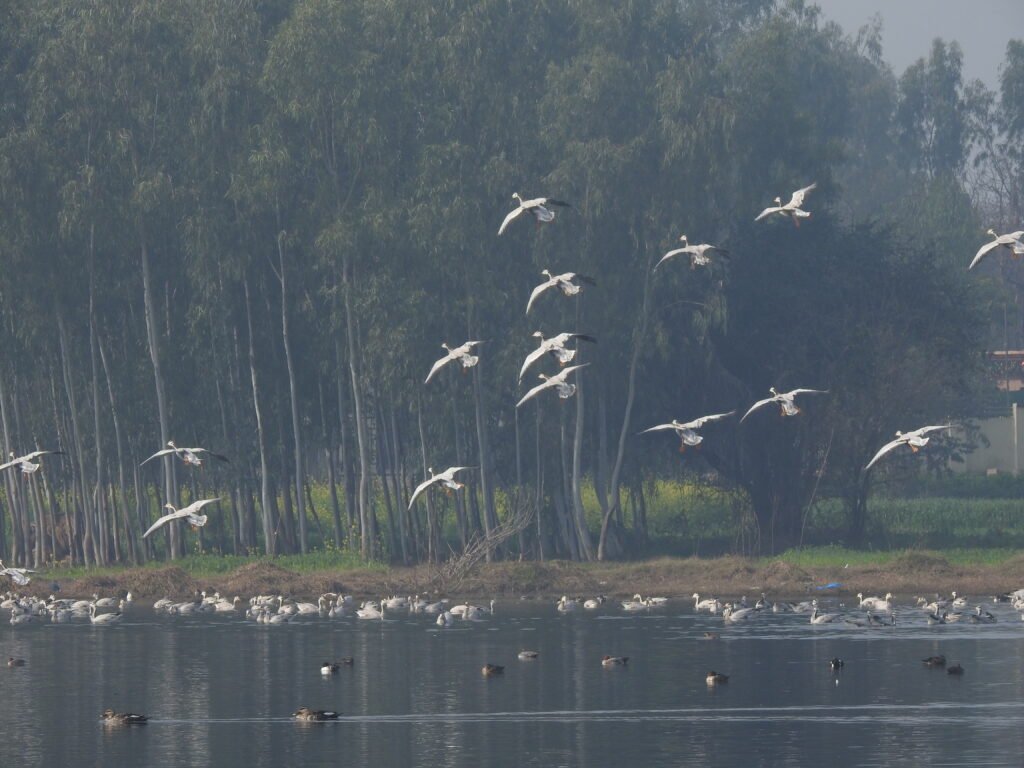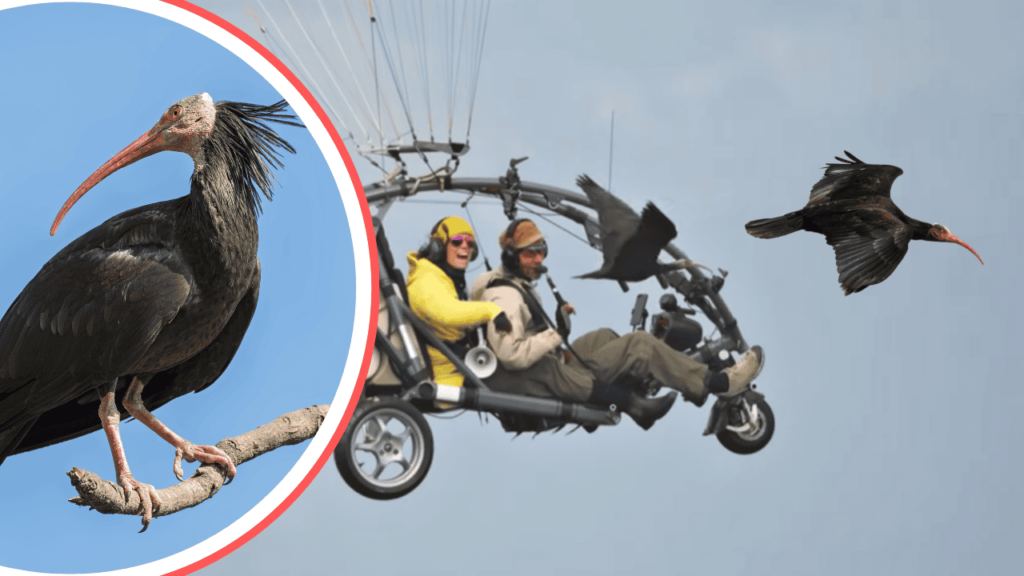Every year, the sky becomes a stage for one of nature’s most breathtaking spectacles—millions of birds embarking on epic journeys across continents, oceans, and mountains. The tale of migration is not just about moving from one place to another; it’s about survival, endurance, and the raw beauty of life in motion. On World Migratory Bird Day, we pause to marvel at these winged travelers who defy the odds, crossing unimaginable distances and facing perilous challenges. Their stories are filled with drama, wonder, and inspiration, reminding us how deeply interconnected our world is—one flap of a wing at a time.
The Marvel of Migration: Why Birds Travel So Far
Bird migration is one of nature’s most astonishing phenomena. Birds migrate for many reasons, but the main one is survival. As seasons change, their food sources either vanish or become scarce. To find better feeding grounds, they embark on journeys that can span thousands of miles. Migration also allows birds to escape harsh winters, breed in safer environments, and avoid predators. Some birds, like the Arctic Tern, travel from the Arctic to the Antarctic and back again every year, completing a round trip of over 40,000 miles. This incredible feat is driven by instinct, evolved over millions of years, and fine-tuned by the unyielding need to thrive.
Record-Breaking Flights: The Champions of Long-Distance Migration

Some birds achieve feats that sound almost impossible. The Bar-tailed Godwit, for example, can fly non-stop for more than 7,000 miles from Alaska to New Zealand. Imagine flying for more than a week without stopping—no food, no water, just the vast ocean below. The Common Swift can stay in the air for up to ten months straight, eating, sleeping, and even mating on the wing. These champions of endurance push the very limits of animal ability, displaying stamina that would put most athletes to shame.
Navigational Wonders: How Birds Find Their Way
It’s nothing short of magical—birds know exactly where to go, often traveling to the same nesting sites year after year. Scientists have discovered that birds use a suite of senses to navigate: the sun, the stars, the Earth’s magnetic field, and even their sense of smell. Some species have cells in their brains that act like tiny compasses. Others can “see” magnetic fields as patterns of light. Young birds, astonishingly, often make their first migration alone, relying solely on their genetic compass to guide them.
The Perils Along the Journey

For migratory birds, the journey is fraught with danger. They face storms, predators, exhaustion, and dwindling food supplies. Human threats add new layers of risk: habitat loss, pollution, and collisions with buildings or wind turbines. Many birds must fly over vast deserts or treacherous seas with nowhere to rest. Every year, millions do not survive the journey. Yet, the survivors return, year after year, a testament to their resilience and the harsh reality of migration.
Incredible Stopovers: Nature’s Refueling Stations
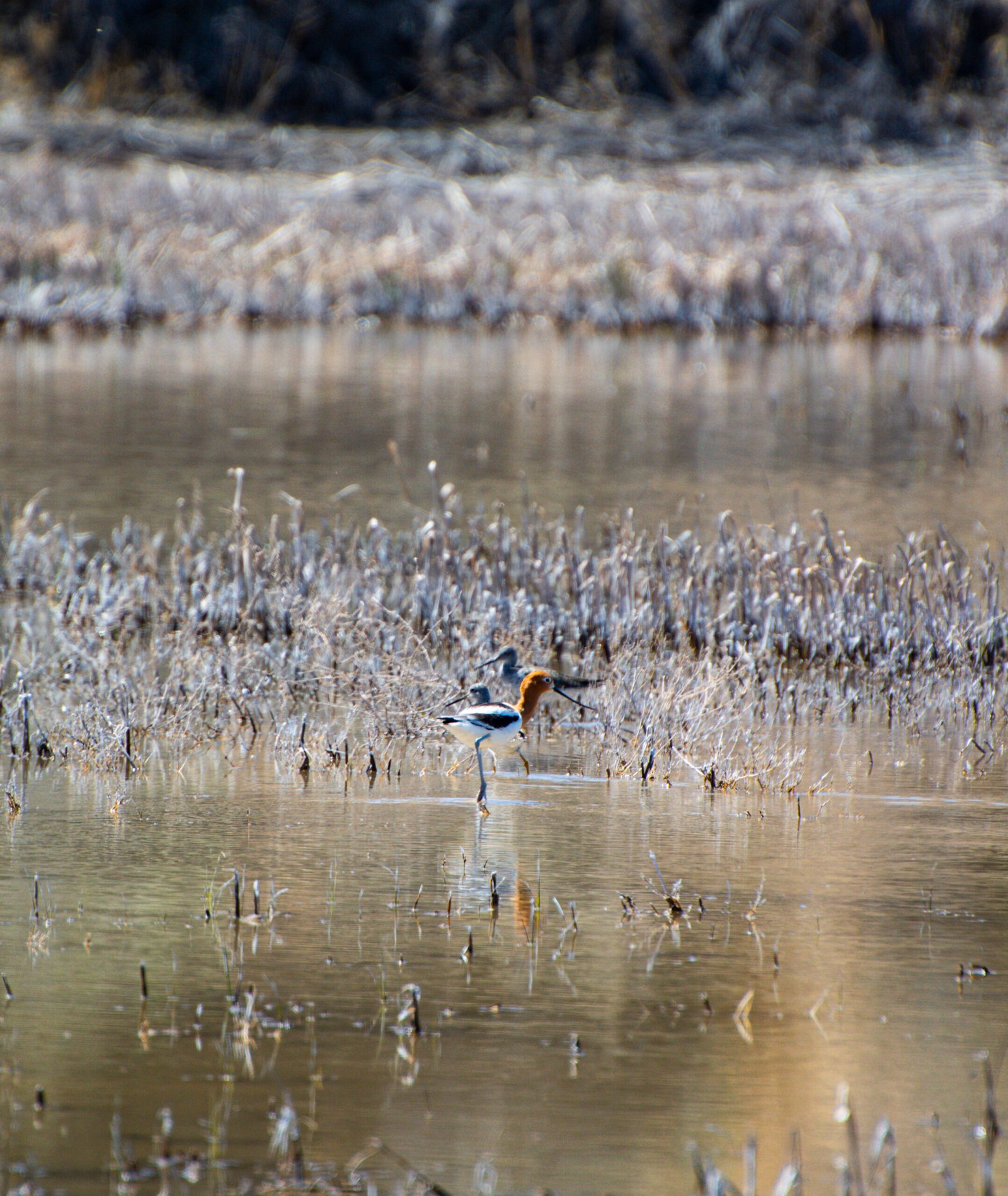
During migration, birds rely on stopover sites—critical rest and refueling spots along their routes. Wetlands, forests, and coasts become bustling airports for birds, where they gorge on food to build fat reserves. The Yellow Sea mudflats in East Asia, for example, host hundreds of thousands of shorebirds during migration. Without these pit stops, many birds wouldn’t have the energy to finish their epic flights. These sites are now recognized as some of the most vital and vulnerable habitats on Earth.
Extraordinary Physical Adaptations

Migratory birds are built for endurance. Their bodies undergo radical changes before migration: some double their weight in fat, while others shrink their digestive organs to make room for stronger flight muscles. The heart of a migratory bird can beat over 1,000 times per minute in flight. Their wings are shaped for efficiency, allowing them to ride air currents and reduce energy use. Imagine a marathon runner who can transform their body for each new race—migratory birds do this every year.
The Role of Climate Change: Shifting Routes and Rising Risks
Climate change is reshaping the world of migratory birds. Rising temperatures, altered weather patterns, and earlier springs are forcing birds to adjust their timing and routes. Some arrive at breeding grounds too early or too late, missing the peak of food abundance. Others find their traditional stopover sites dried up or overrun by invasive species. Scientists warn that these rapid changes could disrupt entire migration networks, putting countless bird species at risk.
Human Impact: Both Harm and Hope
While human activity has created many hazards for migratory birds, people are also stepping up to help. Conservation groups restore wetlands, plant native trees, and advocate for safer migration corridors. Bird-friendly buildings and lighting reduce deadly collisions in cities. International treaties now protect millions of acres of crucial habitat. These efforts show that when humans act with care and intention, we can help safeguard these incredible travelers for generations to come.
Cultural Connections: Birds in Human Stories and Traditions
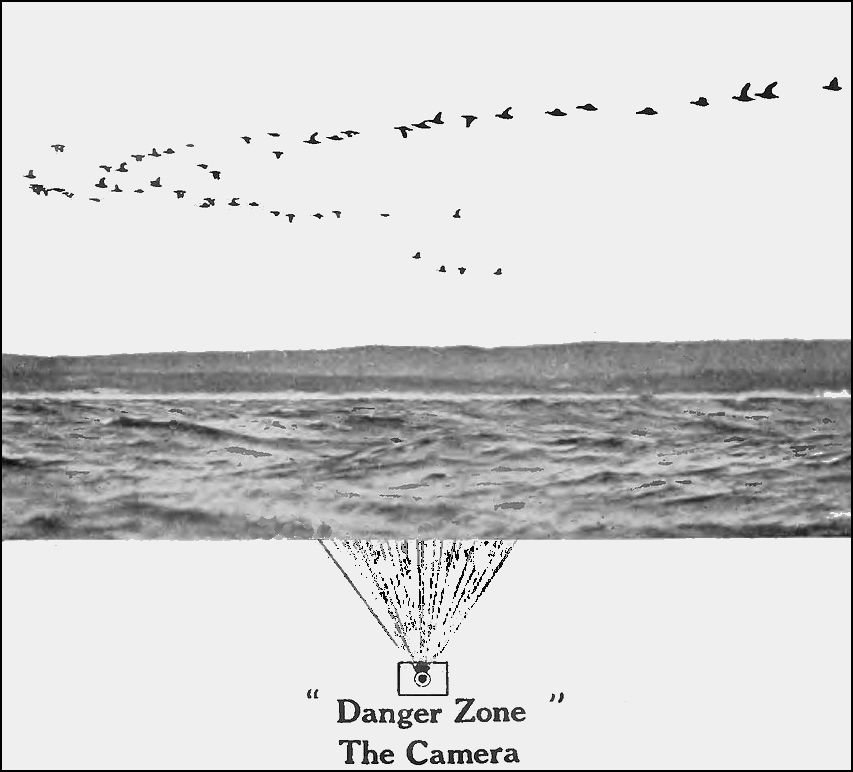
Bird migration has fascinated humanity for millennia. Ancient Egyptians depicted migrating birds in tomb paintings, while Native American stories celebrate the arrival of returning flocks as a sign of renewal. Writers, poets, and musicians have drawn inspiration from the sight of birds in flight, seeing them as symbols of hope, change, and freedom. Today, festivals and birdwatching events around World Migratory Bird Day bring people together to celebrate these wonders, uniting cultures and generations.
How You Can Help Migratory Birds
Protecting migratory birds starts at home. Simple actions, like keeping cats indoors or planting native flowers and shrubs, can make a big difference. Avoiding pesticides, supporting wetland conservation, and turning off unnecessary lights during migration season also help. Even learning to appreciate and identify local birds can deepen your connection to their journeys. When many people take small steps, the impact becomes huge—just like the collective migrations that fill our skies every year.
The Awe and Inspiration of World Migratory Bird Day
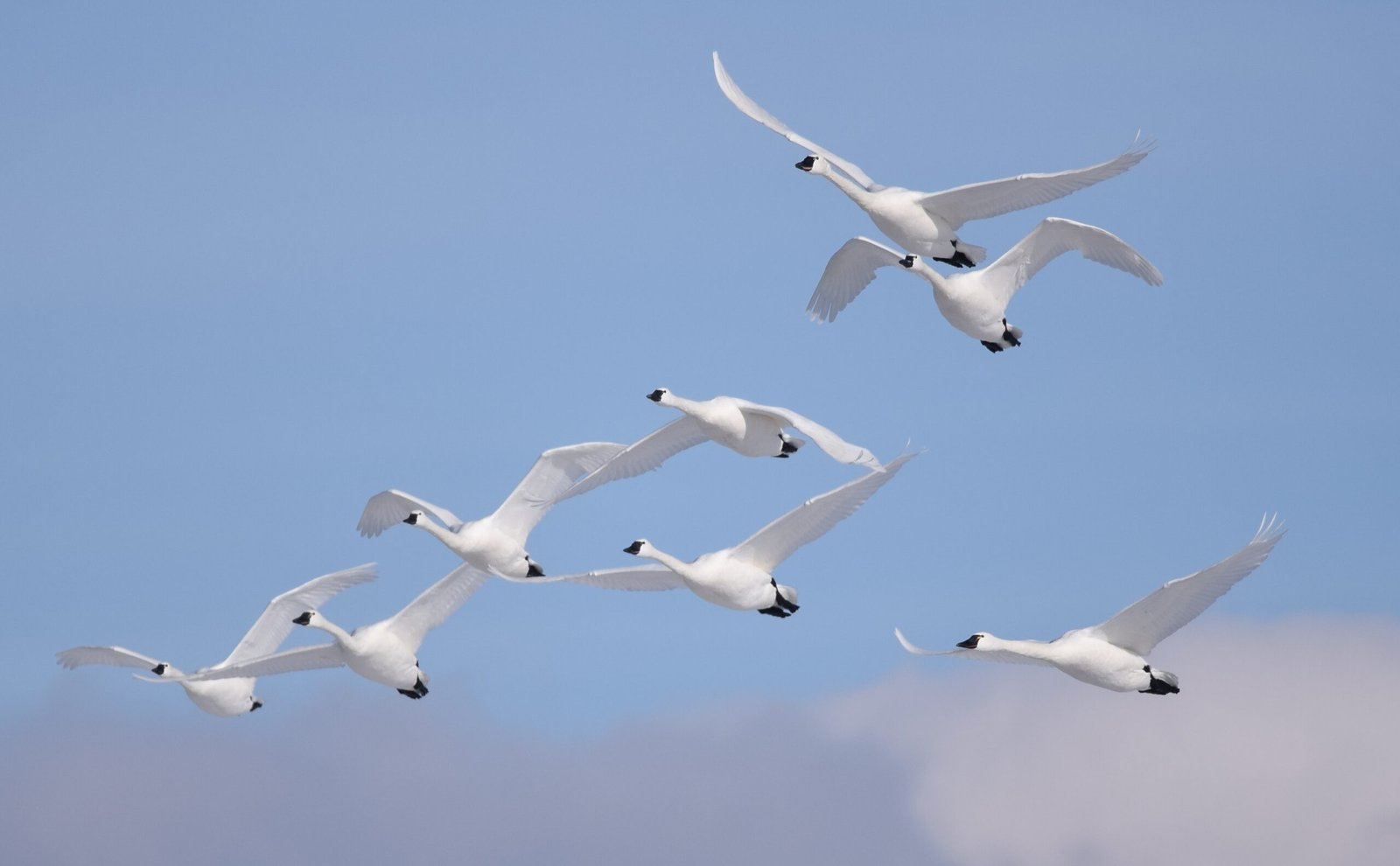
Standing outside on a crisp morning, watching a flock of geese carve a V-shape across the sky, it’s hard not to feel a sense of awe. Their journeys are stories of courage, endurance, and the mysterious bond between living things and the Earth. Celebrating World Migratory Bird Day is a chance to pause and honor these extraordinary travelers—creatures that remind us what it means to push boundaries, adapt, and survive. What else in nature leaves you as inspired and full of wonder as a bird in flight?

